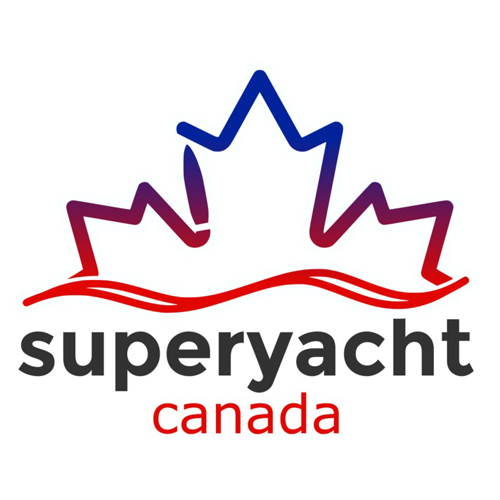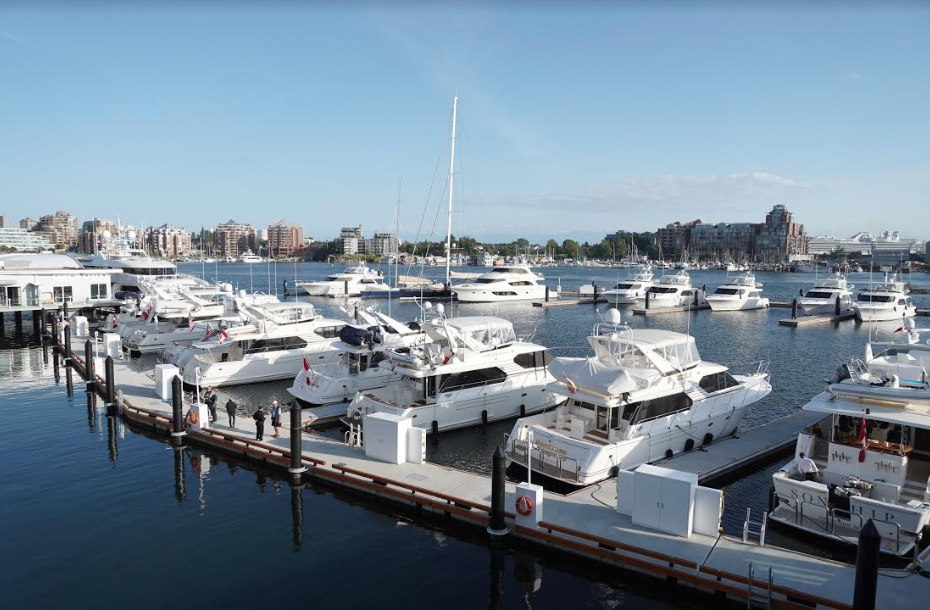Canoe Cove has developed over 100 years and its place in local folklore is evidenced by the fact we randomly bump into Don Prittie, the man who runs Canoe Cove and who Victoria International Marina CEO Craig Norris dubs the ‘Godfather of Yachting’ in British Columbia and the man credited for nurturing the yachting industry to develop apace with the growth of vessel size over the decades. For Prittie, the infrastructure equation is simply one of supply and demand, or a case of building it when they come, unlike so many regions globally that have built superyacht-specific infrastructure in the hope of luring in the boats.
Marshall’s status as one of the industry’s pre-eminent naval architects sums up the dichotomy faced by this pocket of yachting. At the time of our meeting, Marshall’s workload is broad in both its scope and geographical location, including two confidential projects for Westport, a long-time and lucrative collaborator of his, as well as two projects with Canadian superyacht builder Crescent Custom Yachts.
But there is also a 45m expedition vessel for a US client; another confidential project at German yard Nobiskrug; a 42m project for a British client, tabled for a yard in the Netherlands; and a 45m project in Turkey.
“We look at it from here to California and there are a lot of very wealthy people, so we focus on doing work for a little band of shipyards that are typically going up in size but may not have the in-house capabilities for design work and then the smaller project for the larger shipyards that will hire us to do engineering work,” says Marshall.
This global reach, contrasted with two longstanding local collaborations, is something of a microcosm of how our industry works at its most effective. It also underlines the character of this regional dynamic. Marshall explains that, for the most part, “Shipbuilding in British Columbia can’t happen on any major scale. The coastline is too convoluted and it’s too difficult to find decent-sized facilities. But Westport has an excellent facility in Port Angeles with amazing infrastructure.
We keep having to pinch ourselves that we work with them; they’re such decent people and the first project, the 130ft, was probably 15 years ago.”
Editor’s comment The knowledge transfer and complementary spheres of expertise that manifest themselves in a geographical space are well-known to be drivers of economic growth; ‘hubs’ are established the world over in all manner of industries. But when it comes to a region within our own industry that offers such a diverse range of services and cruising options, and one which is often overlooked by an Atlanticfocused market, it is worthy of note.
On either side of the US/Canada border, you’ll find two very different approaches. One is all about diffidence and subtlety, while the other is about grabbing attention. But as I discovered in my tour of this epic area, there is a new superyacht frontier emerging, and like the gold rush that catalyzed the spread of the US population to the west, this one is likely to develop across the entire Pacific Ocean.


Recent Comments